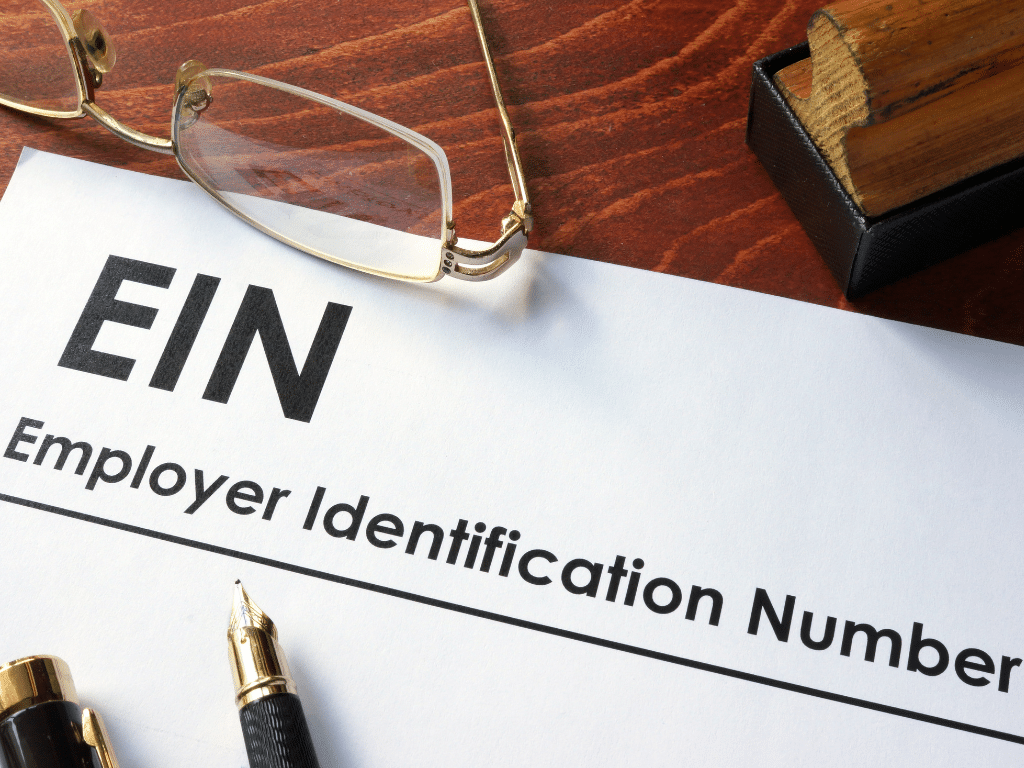There’s no beating around it: Housing is expensive. Millennials blame the rising home prices as the reason why they aren’t interested in purchasing a property yet. Thankfully, the US government created the Low-Income Housing Tax Credit (LIHTC) to address the need for affordable housing.
If you’ve ever considered buying property under the Low-Income Housing Tax Credit, you’ll need to know how to write Form 8586. This article will teach you how to do this.
Table of Contents
How To Write A Low-Income Housing Credit
If you are a rental property owner or developer who provides affordable housing to families, you may be eligible for the LIHTC. You simply need to know how to draft a low-income housing credit to make your property eligible for the tax credit.
There are two main components that you need to meet in order to qualify for the tax credit. These include the following:
Income tests
There are three ways you can meet the income test for tenants. The criteria include:
- At least 20% of the tenants that reside in the units should have an income that is 50% or less of the area’s median income (AMI). An example given on the website is that if the AMI is $50,000, 20% of the tenants residing in the property should have an income that is not higher than $25,000.
- At least 40% of the tenants should have an income that is 60% or less of the AMI. With the same example, 40% of the tenants should have an income that is not higher than $30,000.
- No units should have a tenant with an income higher than 80% of the AMI. Using the same example, there should be no tenant with an income that exceeds $40,000.
Gross rent tests
The other component needed when writing Form 8586 is the gross rent test, which requires the rent to be over 30% of either 50 or 60% of the AMI.
In the same example, if the AMI is $50,000, its 50% is $25,000 and 60% is $30,000. The test requires the rent to not go over 30% of those numbers. This means that the rent cannot be over $625 or $750 per month.
As a property developer, you need to meet these two components for at least 15 years.
Download the IRS Form 8586
Below is a preview of Low-Income Housing Credit Form 8586. Use this form for free when you sign up for a Fill account.

Form 8586 – Low-Income Housing Credit
What To Include When Writing A Low-Income Housing Credit
When you are drafting low-income housing credit, you need to include the following information in the form:
- Owner information – Include the residential rental project owner’s name and contact details
- Project information – Include vital information about the project, such as its address, number of units, and date in service
- Tenant information – Include the number of units that are being occupied by tenants with an income that is 50% or less of the AMI
- Credit calculation – Include the credit amount calculated based on the project’s qualified basis and applicable credit percentage
- Certification – Include a certification that the provided information is accurate and true to the best of the owner’s knowledge
Once the form has been completed, submit it to the appropriate state housing agency so you can apply for the LIHTC.
Best Tips And Strategies When Creating A Low-Income Housing Credit
When you are writing Form 8586, you need to make sure you include accurate and factual information. Providing false information in your Form 8586 will not only disqualify you, but it could also get you in trouble with the law.
It’s also important to know that not everyone who meets these conditions can be approved for the LIHTC program. Make sure you check if you are eligible before you apply for the tax credit.
Low-income families are not qualified for the tax credit. But they can be eligible to live in a LIHTC program property. But in order to live on the property, they need to meet the requirements and apply for residence.

Using Fill To Create Your Low-Income Housing Credit
When you need help with your Form 8586 low-income housing credit creation, the best thing you can do is to work with a lawyer. But you can also check out the Form 8586 template on Fill’s website so you can learn how to create a low-income housing credit on your own.
Sign up for free today to check out the available templates.





